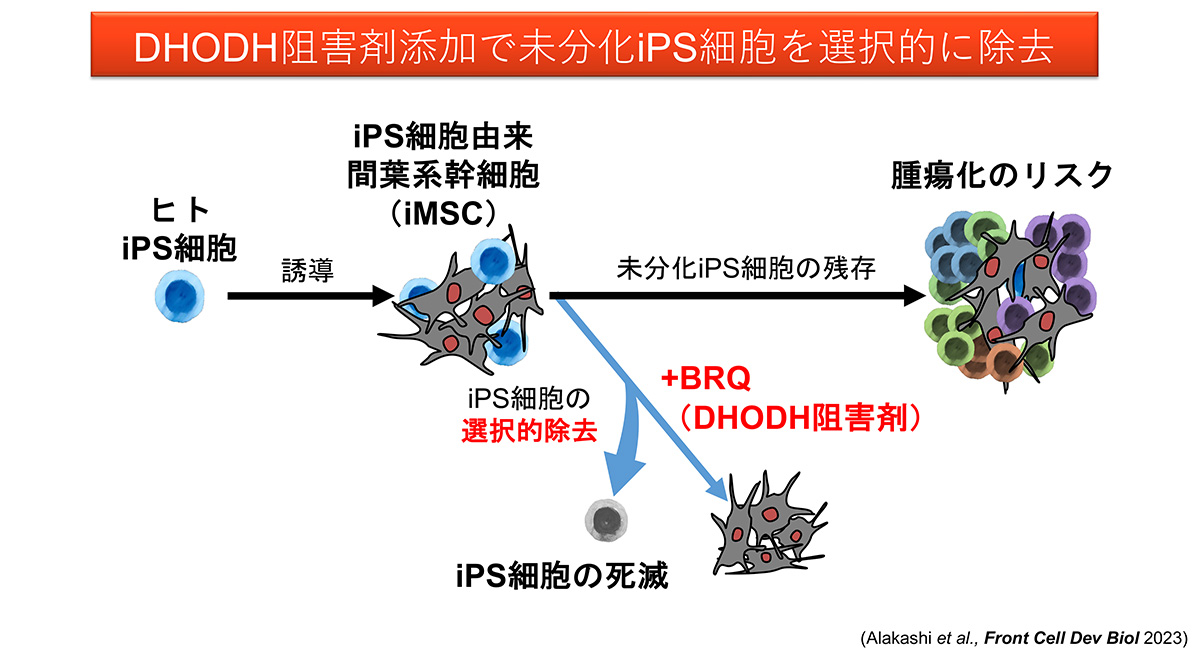生化学・生物物理学教室の研究により、食事とアルツハイマー病の発症がより密接に関連することが判明 Department of Biochemistry and Biophysics study more closely connects diet and Alzheimer’s disease development
2023-02-28 テキサス A&M大学
この調査は、米国テキサスA&M大学の農業・生命科学カレッジの生物化学・バイオ物理学部門の科学者たちによって行われ、アルツハイマー病の発展に食事とのつながりをより詳しく示すものである。
彼らは、一定の脂質がアミロイドβペプチドの毒性を増加させ、アルツハイマー病の発症に役割を果たすと考えられている、小さな有害クラスターであるオリゴマーの形成を引き起こすことができることを発見した。
研究者たちは、特定の脂質とアミロイドβとの相互作用が、脳内でアミロイドβの有害な影響の仕組みに新しい知見を提供することを明らかにした。
研究の結果は、アルツハイマー病と神経細胞膜の脂質組成の変化との強い関連を示し、それはまた、人々の食事によって影響を受けることができると述べている。
<関連情報>
- https://agrilifetoday.tamu.edu/2023/02/28/alzheimers-study-links-cholesterol-and-toxic-protein-clusters/
- https://febs.onlinelibrary.wiley.com/doi/10.1111/febs.16738
脂質はアミロイドβ1-42凝集体の二次構造と毒性を独自に変化させる Lipids uniquely alter the secondary structure and toxicity of amyloid beta 1–42 aggregates
Kiryl Zhaliazka, Mikhail Matveyenka, Dmitry Kurouski
The FEBS Journal Published: 27 January 2023
DOI:https://doi.org/10.1111/febs.16738
Abstract
Abrupt aggregation of amyloid β1-42 (Aβ) peptide is a hallmark of Alzheimer’s disease (AD), a severe pathology that affects more than 44 million people worldwide. A growing body of evidence suggests that lipids can uniquely alter rates of Aβ1-42 aggregation. However, it remains unclear whether lipids only alter rates of protein aggregation or also uniquely modify the secondary structure and toxicity of Aβ1-42 oligomers and fibrils. In this study, we investigated the effect of phosphatidylcholine (PC), cardiolipin (CL), and cholesterol (Chol) on Aβ1-42 aggregation. We found that PC, CL and Chol strongly accelerated the rate of fibril formation compared to the rate of Aβ1-42 aggregation in the lipid-free environment. Furthermore, anionic CL enabled the strongest acceleration of Aβ1-42 aggregation compared to zwitterionic PC and uncharged Chol. We also found that PC, CL and Chol uniquely altered the secondary structure of early-, middle- and late-stage Aβ1-42 aggregates. Specifically, CL and Chol drastically increased the amount of parallel β-sheet in Aβ1-42 oligomers and fibrils grown in the presence of these lipids. This caused a significant increase in the toxicity of Aβ : CL and Aβ : Chol compared to the toxicity of Aβ : PC and Aβ1-42 aggregates formed in the lipid-free environment. These results demonstrate that toxicity of Aβ aggregates correlates with the amount of their β-sheet content, which, in turn, is determined by the chemical structure of lipids present at the stage of Aβ1-42 aggregation.



